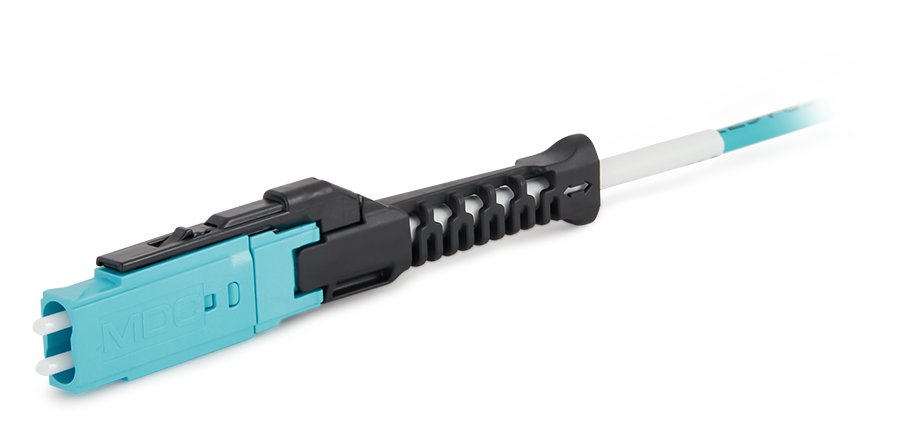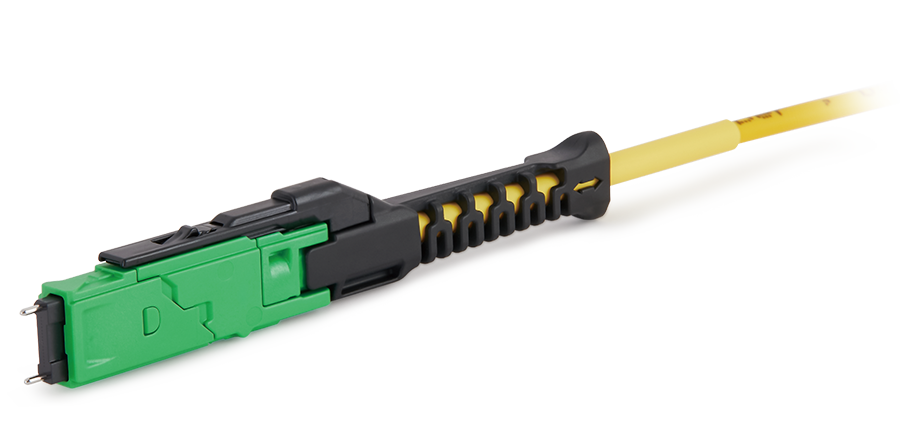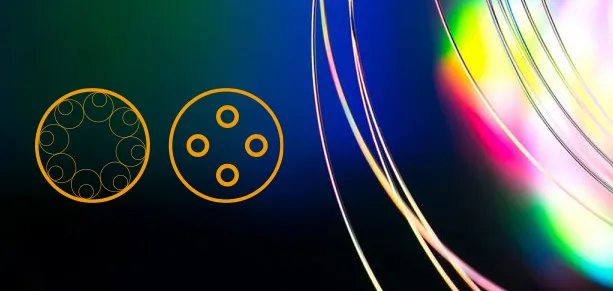In today's fast-paced digital world, the need for high-speed data transmission is more critical than ever. Active optic cables have become increasingly popular for their ability to transmit data at high speeds over long distances. These cables use electronics to boost the signal along the cable, making them an ideal choice for applications that require high bandwidth and low latency. In this blog, we will discuss the key considerations for selecting the right active optic cable for specific applications.
Bandwidth Requirements
When choosing an active optic cable, one of the most crucial factors to consider is the bandwidth requirements of the application. Active optic cables are available in various data rates, ranging from 10Gbps to 100Gbps and beyond. It is essential to match the cable's data rate with the requirements of the application to ensure optimal performance. For instance, a high-definition video streaming application would benefit from a cable with a higher data rate to transmit large amounts of data quickly and efficiently.
Length and Reach
Another important consideration when selecting an active optic cable is the length and reach of the cable. Active optic cables are designed to transmit data over long distances, making them suitable for applications that require data transmission over several meters or even kilometers. It is essential to choose a cable with the appropriate length and reach to ensure reliable data transmission without signal degradation. Consider factors such as the distance between devices, the layout of the network, and any potential obstacles that may affect signal transmission.
Environmental Factors
When choosing an active optic cable, it is crucial to consider the environmental factors that may impact performance. Active optic cables are designed to operate in a wide range of environments, including data centers, industrial settings, and outdoor installations. However, factors such as temperature fluctuations, humidity, dust, and electromagnetic interference can affect signal quality and reliability. It is essential to select a cable that is designed to withstand the specific environmental conditions of the application to ensure reliable data transmission.
Compatibility and Ease of Deployment
Lastly, when selecting an active optic cable, it is essential to consider compatibility with existing infrastructure and ease of deployment. Active optic cables are available in various form factors, such as SFP, QSFP, and CXP, to accommodate different types of devices and systems. It is crucial to choose a cable that is compatible with the transceivers and connectors used in the network to ensure seamless integration. Additionally, consider factors such as cable management, flexibility, and ease of installation to simplify deployment and maintenance.
In conclusion, selecting the right active optic cable for specific applications requires careful consideration of factors such as bandwidth requirements, length and reach, environmental factors, and compatibility. By understanding these key considerations and choosing a cable that meets the requirements of the application, you can ensure reliable data transmission and optimal performance. Active optic cables are an excellent choice for applications that demand high-speed data transmission over long distances, making them a versatile and reliable solution for a wide range of industries and applications.

 Fiber Optic Flex Circuit (FOFC)
Advanced Simulation & Optimization, High Positioning Accuracy, Flexible Customization, Rigorous Reliability Testing
Fiber Optic Flex Circuit (FOFC)
Advanced Simulation & Optimization, High Positioning Accuracy, Flexible Customization, Rigorous Reliability Testing MDC Solution
US Conec's MDC connector is a Very Small Form Factor (VSFF) duplex optical connector, expertly designed for terminating single-mode and multimode fiber cables with diameters up to 2.0mm.
MDC Solution
US Conec's MDC connector is a Very Small Form Factor (VSFF) duplex optical connector, expertly designed for terminating single-mode and multimode fiber cables with diameters up to 2.0mm. MMC Solution
US Conec's Very Small Form Factor (VSFF) multi-fiber optical connector that redefines high-density connectivity with its cutting-edge TMT ferrule technology and intuitive Direct-Conec™ push-pull boot design.
MMC Solution
US Conec's Very Small Form Factor (VSFF) multi-fiber optical connector that redefines high-density connectivity with its cutting-edge TMT ferrule technology and intuitive Direct-Conec™ push-pull boot design. EN
EN
 jp
jp  fr
fr  es
es  it
it  ru
ru  pt
pt  ar
ar  el
el  nl
nl 



_and_High-Reflection_(HR)_Optical_Coatings.webp)
